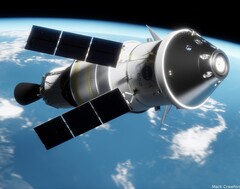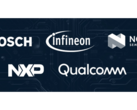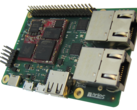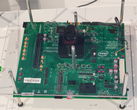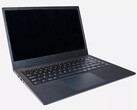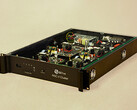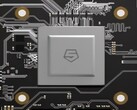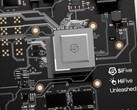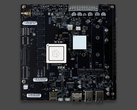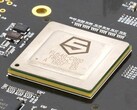RISC-V’s viability over popular ISAs like x86 and Arm is once again demonstrated as premier RISC-V chipmaker SiFive has just been selected by NASA to provide the next High-Performance Spaceflight Computing processors. The next gen RISC-V-based processing units are expected to be utilized in all future space missions, including the upcoming Artemis II Moon mission scheduled for 2024. At the heart of the new HPSC processor lie a SiFive Intelligence X280 chip with eight RISC-V vector cores, plus an additional four general purpose cores, which together are estimated to deliver 100x the computational capability of current space module computers.
SiFive specifies that the new X280 chip comes with vector extensions as well as Intelligence extensions optimized for AI / ML edge computing. Since outer space missions need to rely on constrained power supplies, the X280 RISC-V cores are ideal for applications that make use of high-throughput single-thread performance with minimal power drain. Compared to existing competitive CPU solutions, the SiFive X280 is said to deliver several orders of magnitude improved performance, especially for scientific and space workloads.
NASA chose the open source RISC-V architecture in order to allow the broad academic and scientific software development community to contribute with improved applications, algorithms and optimized math functions, filters, neural net libraries and other related code. Furthermore, the HPSC processor could be easily repurposed for other applications including industrial automation, edge computing, ratification intelligence and aerospace flights.
Jack Kang, SVP Business Development at SiFive stated that “as the leading RISC-V, U.S. based, semiconductor company we are very proud to be selected by the premier world space agency to power their most mission critical applications. [...] Our SiFive RISC-V IP allows NASA to take advantage of the support, flexibility, and long-term viability of the fast-growing global RISC-V ecosystem. We’ve always said that with SiFive the future has no limits, and we’re excited to see the impact of our innovations extend well beyond our planet.”
Buy the Kendryte K510 CRB-KIT dev kit with dual-core 64-bit RISC-V AI SoC 512M on Amazon




